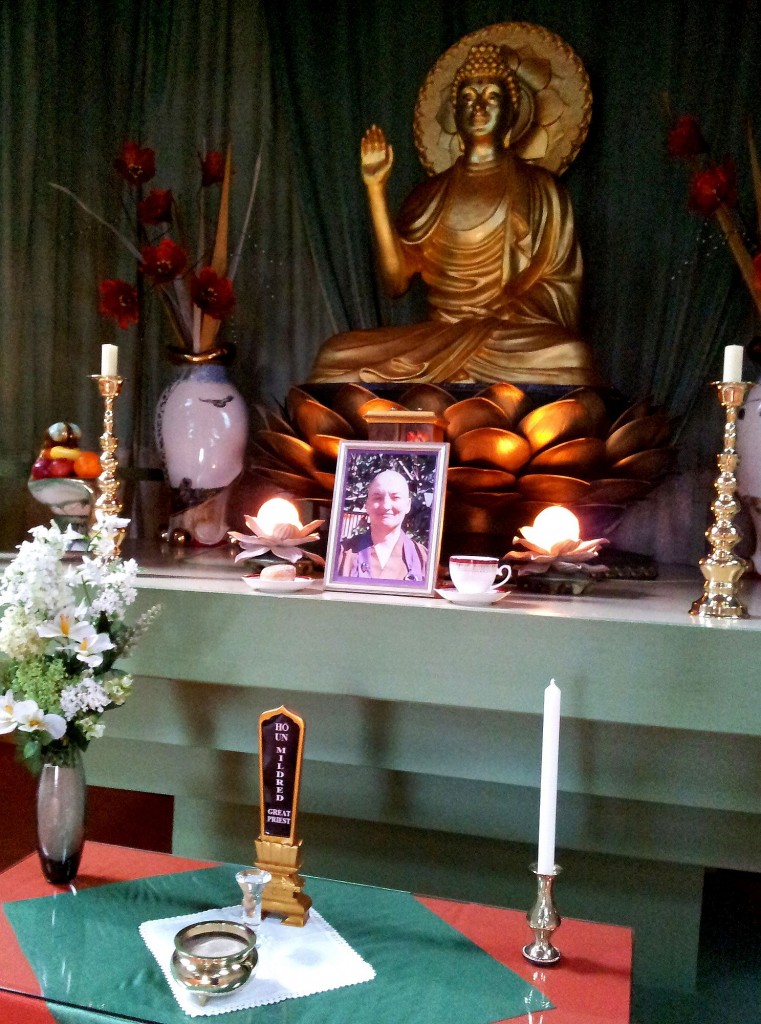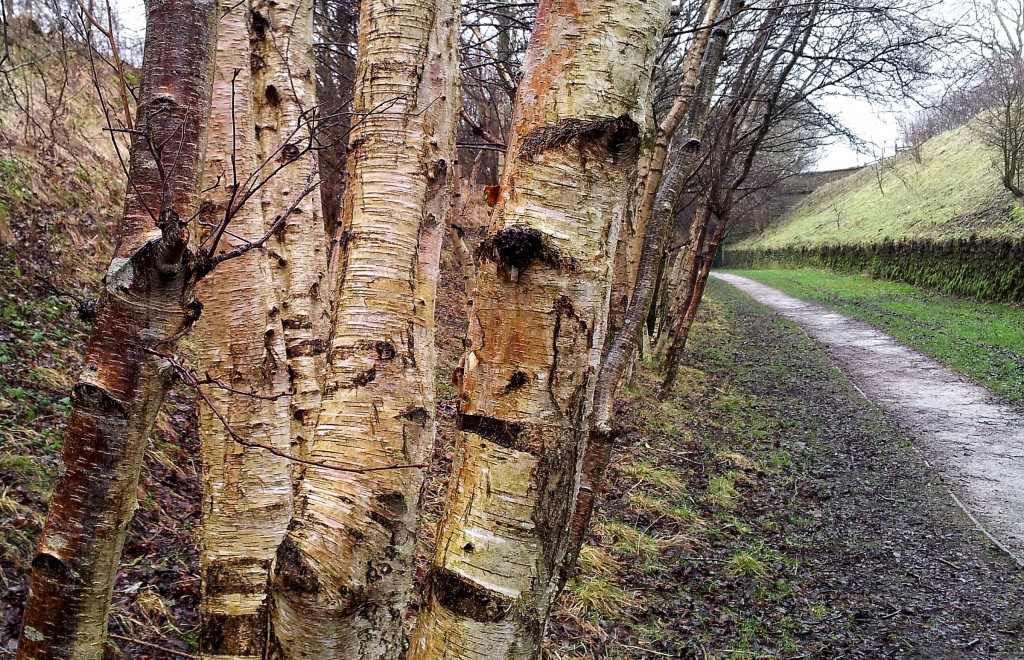When one with deepest wisdom
of the heart
that is beyond
discriminative thought,
The Holy Lord, great
Kanzeon Bosatsu,
Knew that the skhandas five
were, as they are,
in their self-nature,
void, unstained and pure.
For those not familiar with them these words come at the beginning of The Scripture of Great Wisdom, or Heart Sutra. There are many other translations of the S.G.W. however the above quote comes from the translation we use in the order. It’s Kanzeon Bosatsu, who is teaching in this scripture and from a depth of wisdom beyond discriminative thought.
The Five Skhandas are a traditional Buddhist way of analysing the self or ego by splitting it into five components parts namely form, sensation, thought, activity and consciousness. These five components make up self. It is very easy to misunderstand this scripture as saying there is no self, no individual persons, no sentient beings, which just doesn’t mesh with everyday experience. What’s being pointed out is that, on the deepest level of discourse, there is no SEPARATE self. Which doesn’t make sense in terms of ordinary everyday thinking either! Kanzeon, talking from the deepest wisdom of the heart, knows that not only ‘selves’ are not separate it follows that the senses are not separate from their objects either. No ear separate from sound etc. no taste separate from tongue. This too doesn’t mesh with experience! If the Scripture of Great Wisdom is not understood in the wisdom department life would get seriously strange. Obviously.
It is not that unusual for people to have a deep insight into the way things are at a relatively early age. Having a flash of insight is not the whole picture however, more just a snapshot however profound, and if clung to can cause people to become off-kilter in their lives. That’s especially if there is fear involved and/or no context, religious or otherwise, to set such an insight within. In the last few lines of this scripture there is a clear instruction to keep moving on continuously from what’s known and understood. I can’t count how many times I heard my teacher Rev. Master Jiyu-Kennett say this, to me and to others.
O Buddha, going, going, going on beyond’
Always becoming Buddha.
So, while keeping this ‘going on’ instruction in mind everyday there is the encountering, appreciating and acting (or not acting) within the world of appearances, of separateness. And accepting and loving that.
Kanzeons deep wisdom is born out of great compassion and great love.







